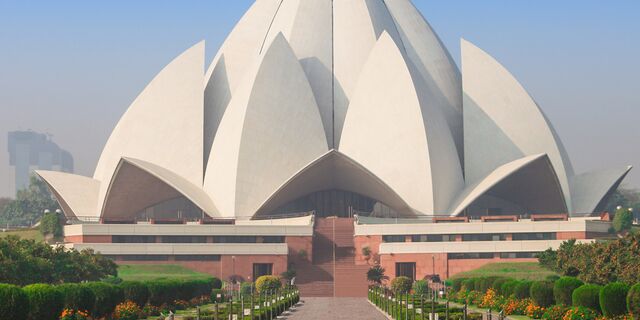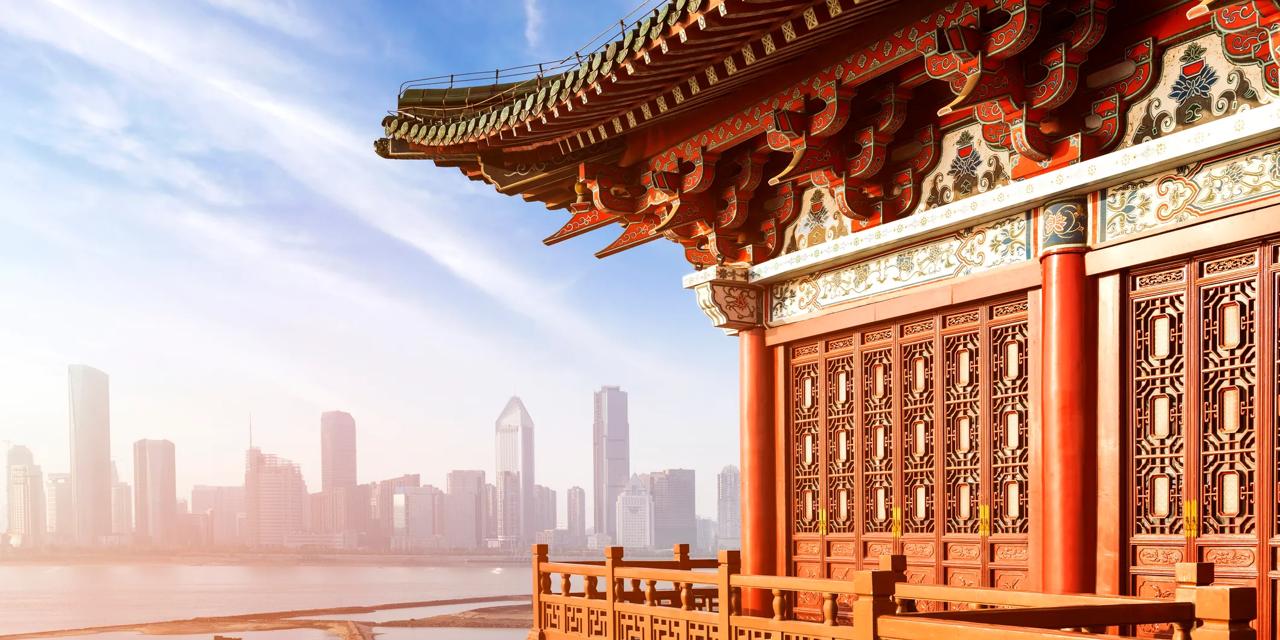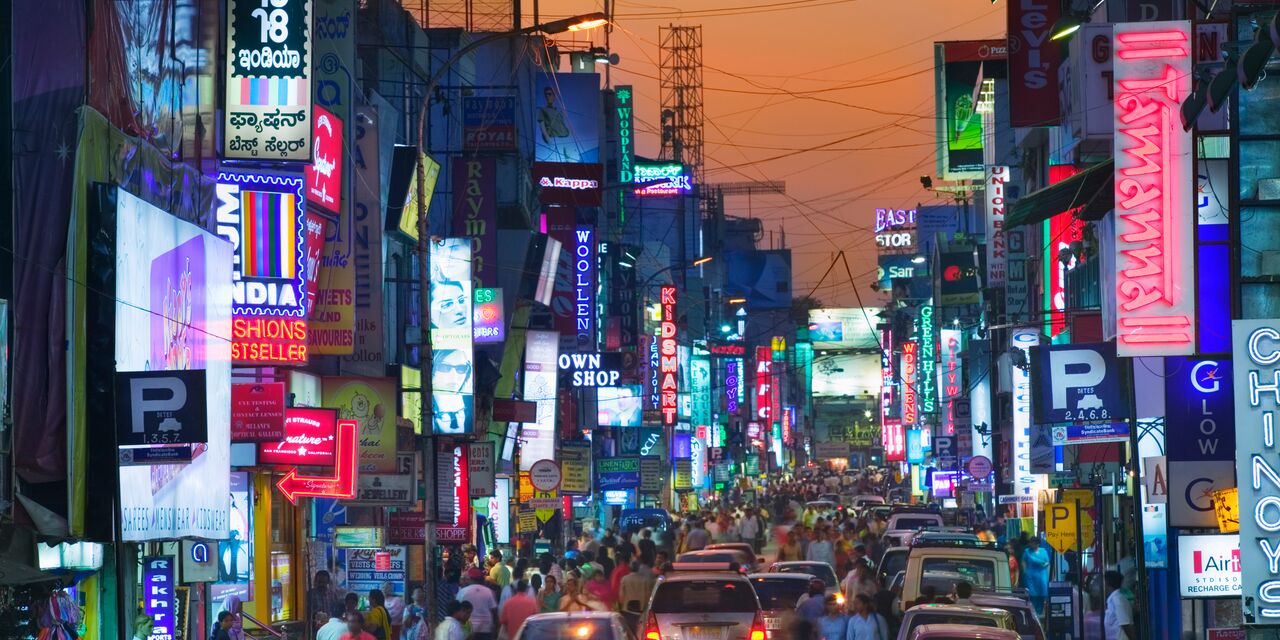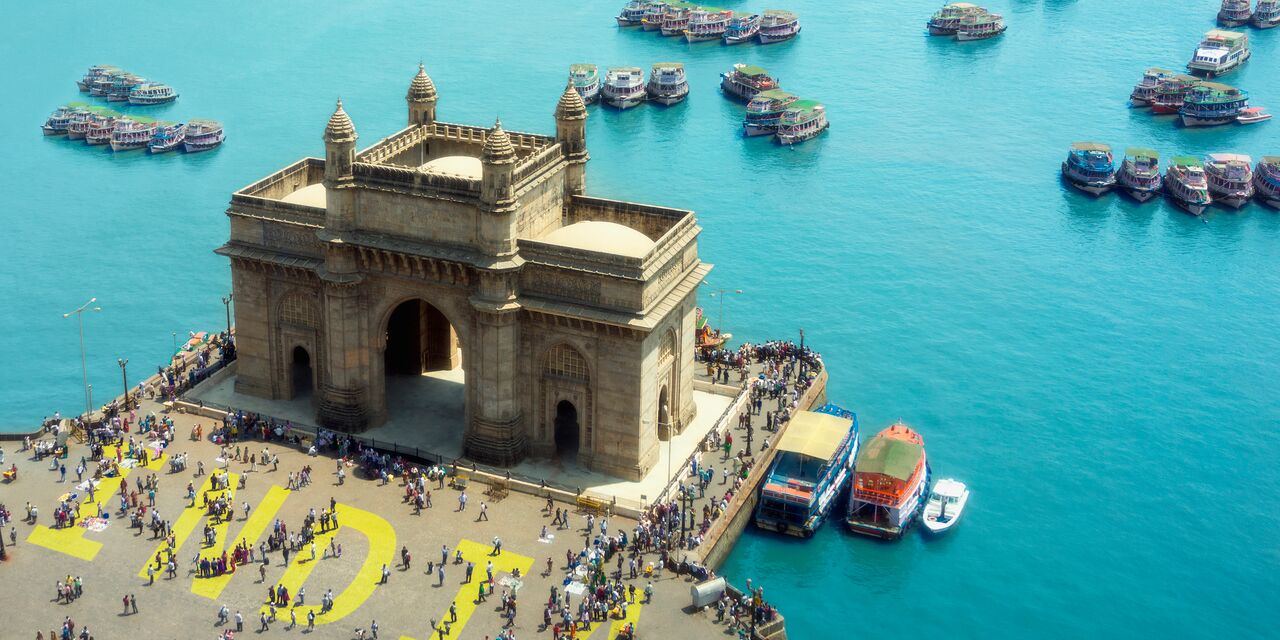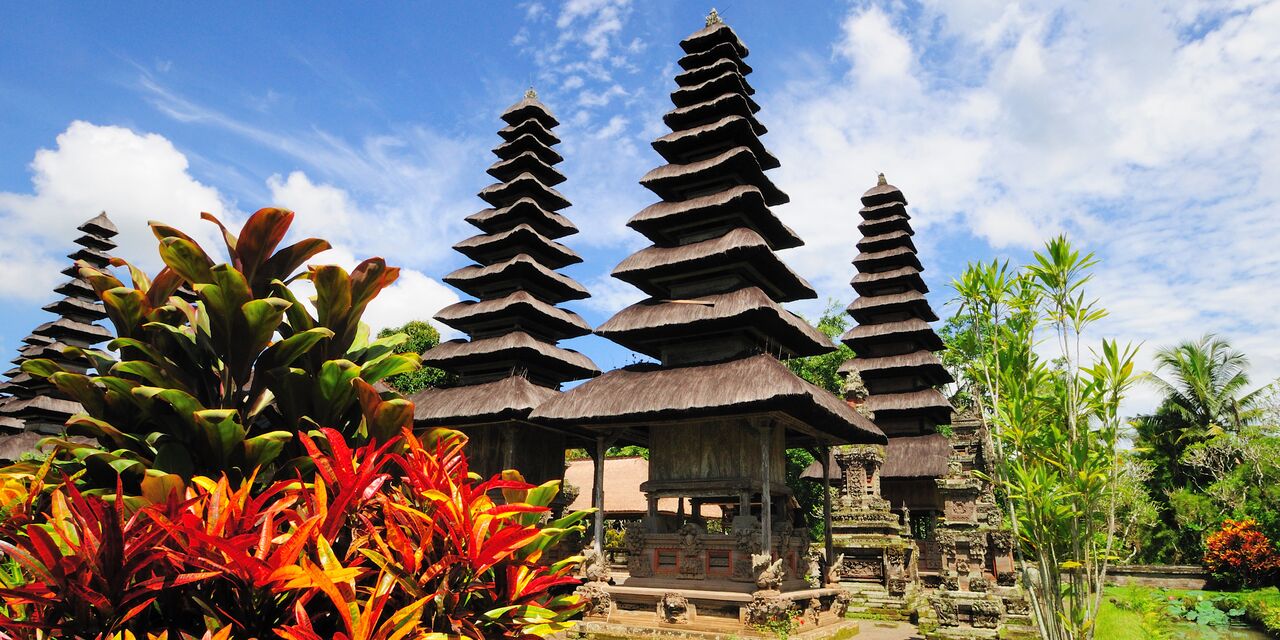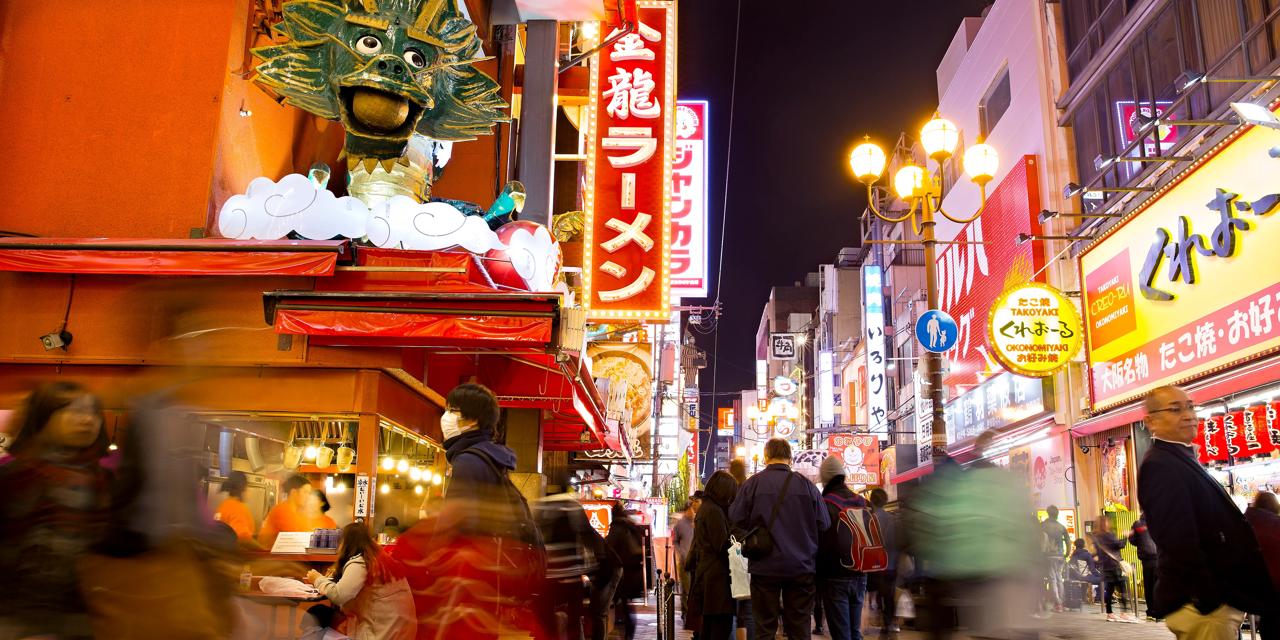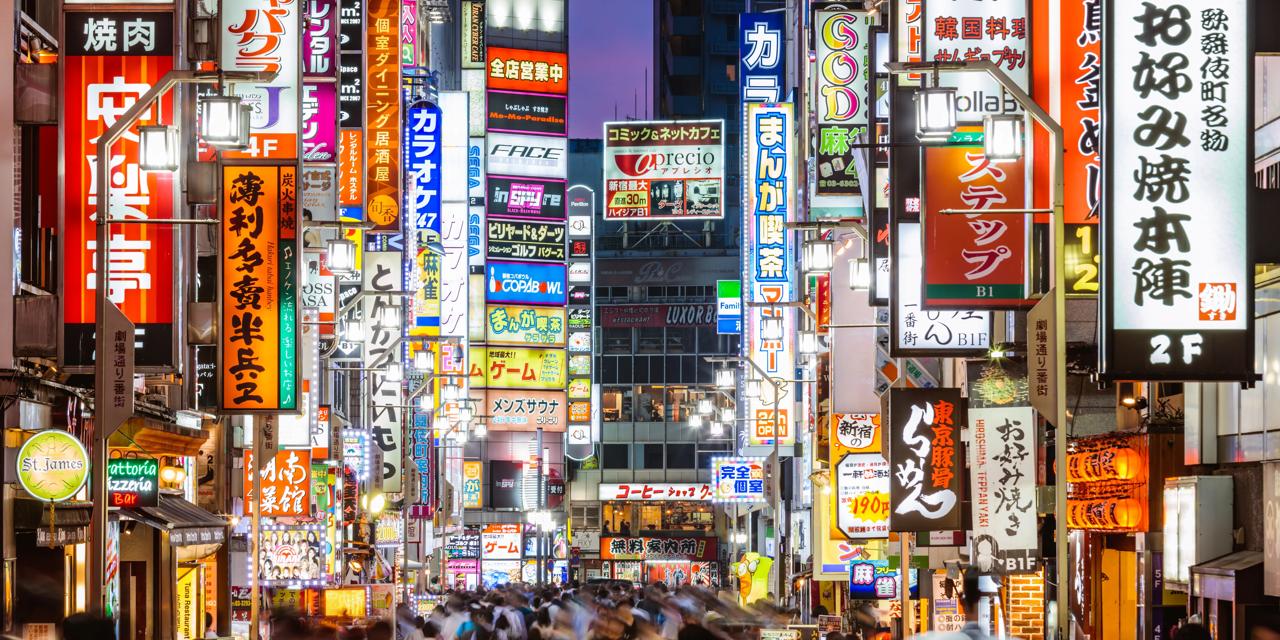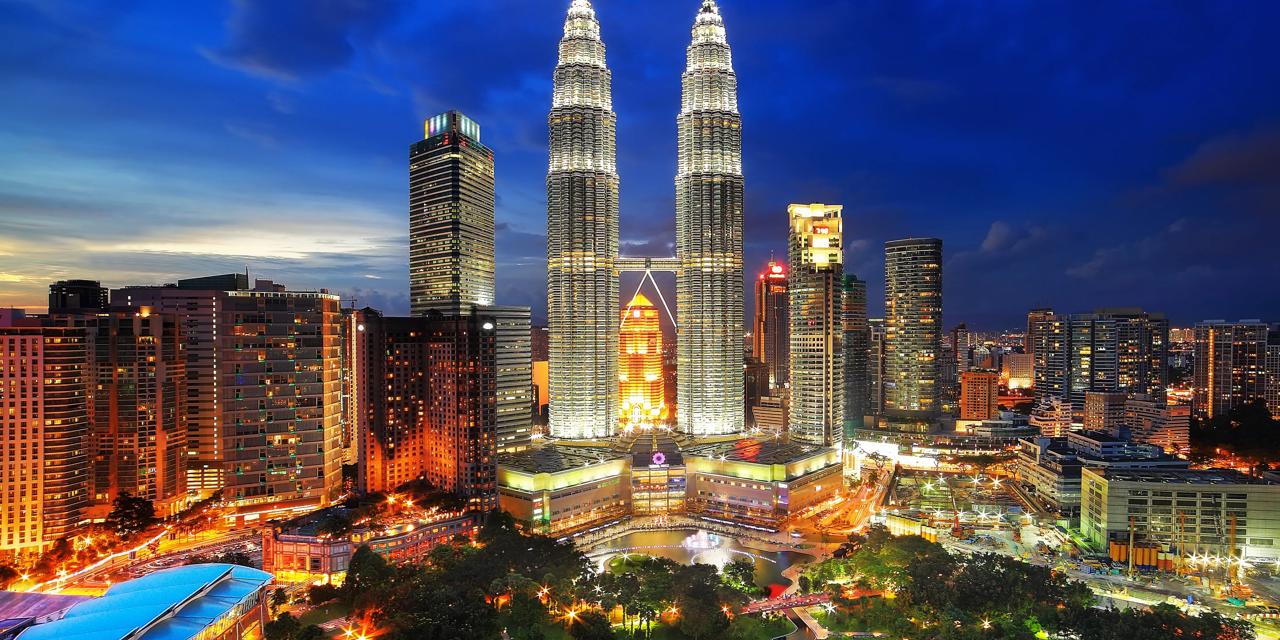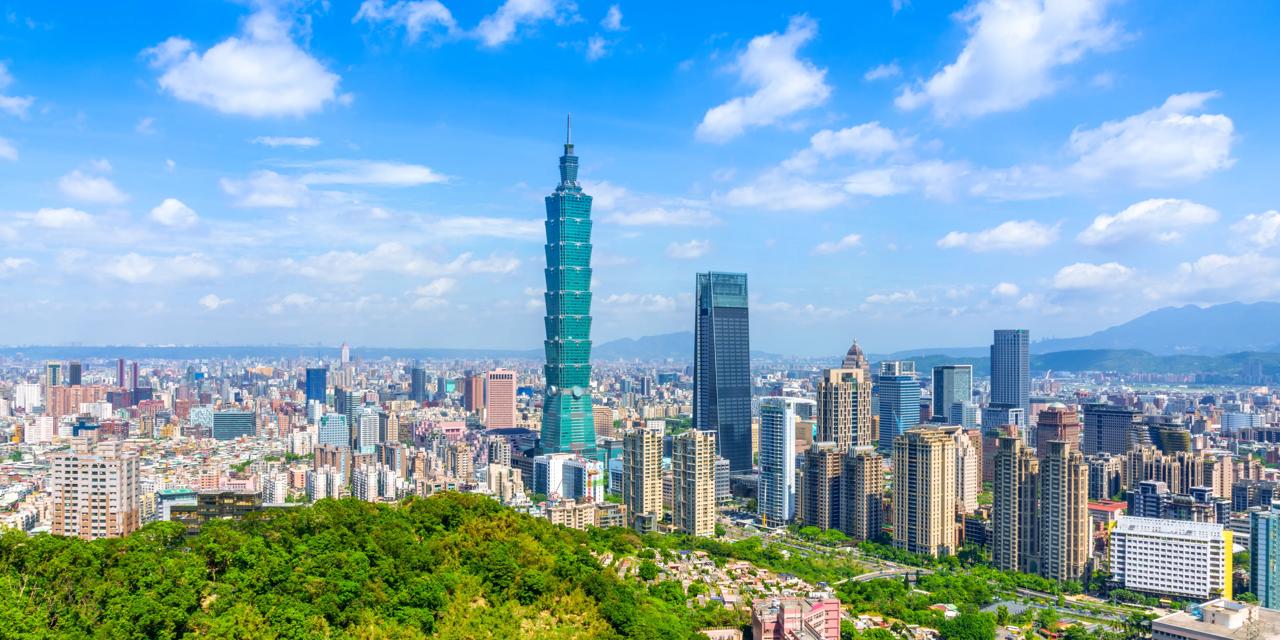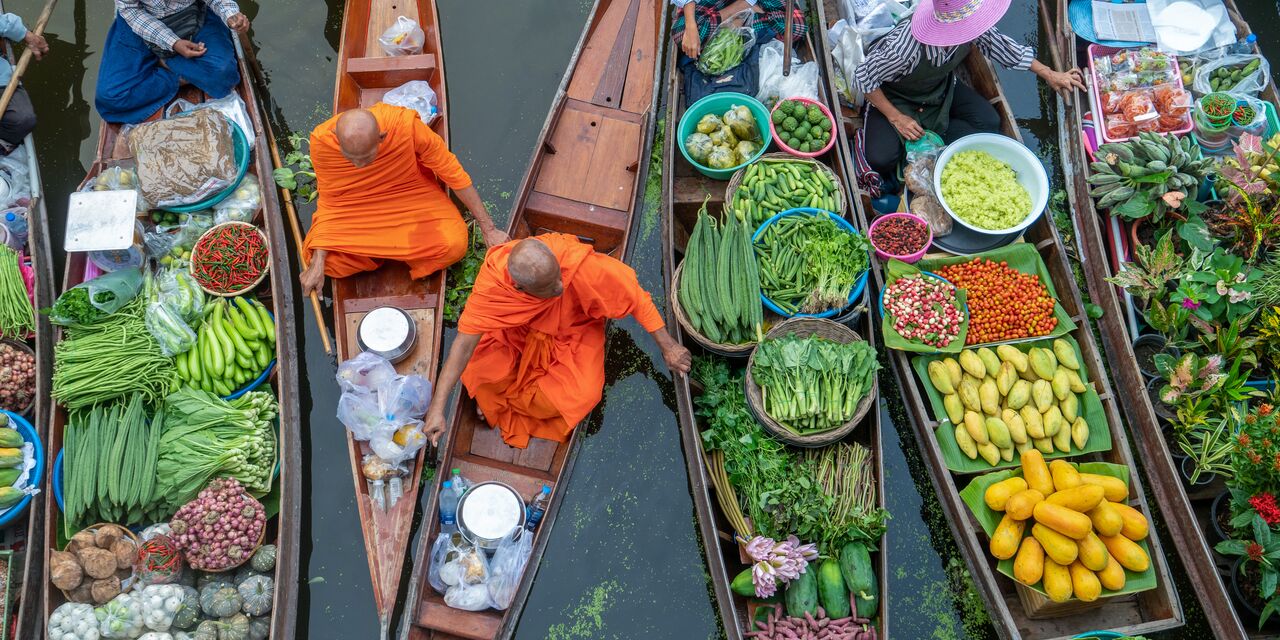Gandhi’s final resting place
Raj Ghat is the final resting place of Indian politician Mahatma Gandhi, one of the most respected leaders of all times. On 31 January 1948, Gandhi was cremated on the bank of the holy Yamuna River and his ashes buried. Shortly afterwards a monument was built here which is open to visitors.
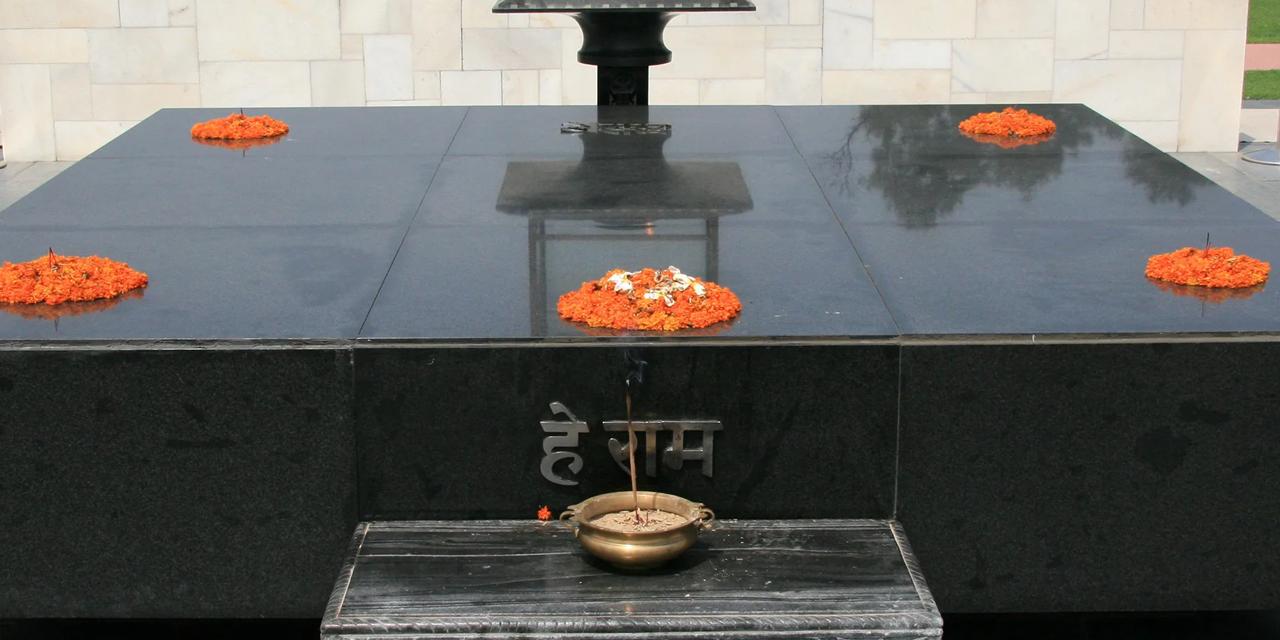
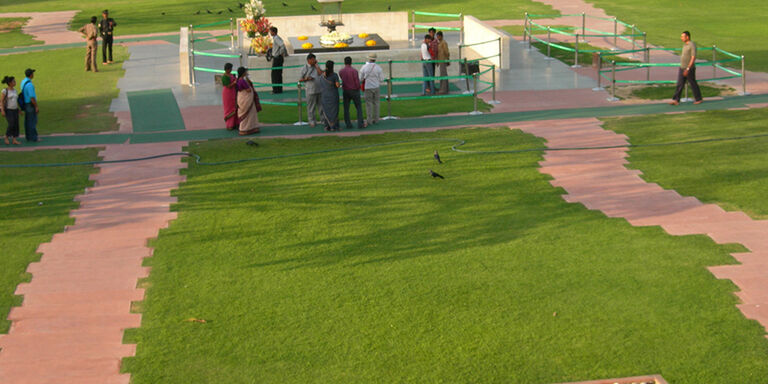
‘Oh God’
The monument consists of a black marble square, inscribed with the words ‘He Ram’. These are supposed to be Gandhi’s final words, spoken before he took his last breath after being shot. It means ‘Oh God’. Behind the monument burns an eternal flame, representing the eternity of Gandhi; his ideas will endure. Architect Vanu G. Bhūta surrounded the monument with a stone path, framed by straight green lawns. Simple and serene – 2 words that are a fitting description of Gandhi. Visitors are deeply touched by the monument’s simple design. Please note: visitors must remove their shoes before entering the premises.
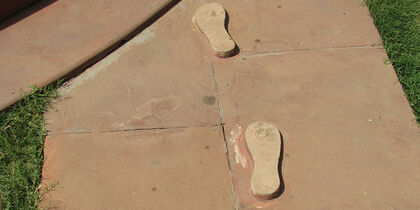
Museums about India’s spiritual father
Close to the monument you will find the National Gandhi Museum. This museum gives visitors an overview of Gandhi’s life through expressive pictures, paintings and images. Letters illustrate his style of communication and voice recordings provide a more intimate portrait. Gandhi Smriti, the place where he was murdered, is also open to visitors. The peaceful leader spent the last 144 days of his life in the Birla House. His room has remained exactly the way it was when he died on 30 January 1948; you can see how few possessions he had. Footsteps on the ground mark the route he walked from the house to the place where he was shot, near the prayer room.
A brief overview of Gandhi’s life
Gandhi was born into a rich family in Porbandar on 2 October 1869. At the age of 13, he married Kasturba – it was an arranged marriage, a tradition he would later vehemently oppose. He studied law and then moved to South Africa to work and lead a simple life. Here he made his first pleas for non-violent resistance in the fight against the racial discrimination he experienced. He was imprisoned several times for his actions. In 1915 he returned to India, where he continued his non-violent resistance. He fought against British domination of India. In 1920, Gandhi became the leader of a new political party, the Indian National Congress. A boycott of English products and institutes was carried out under his leadership. And he lead the Salt March, a world famous march to protest the taxes on salt. Thousands of people joined him. The years of struggle paid off in 1947 when India became independent. But inside India, the bloody struggle between Hindus and Muslims continued. Despite Gandhi’s hunger strikes, India was divided into a Hindu India and a Muslim Pakistan. Many Hindus blamed Gandhi for being much tougher on his Hindu friends than on his Muslim enemies. He survived various attempts on his life. But on 30 January 1948, fate abandoned him. At his lodgings in New Delhi, Gandhi (78) was shot to death by a Hindu who opposed the fraternisation with Muslims. He spoke one last time: ‘He Ram…’
Discover other destinations in Asia
*The displayed prices are for one adult. All amounts are in EUR. Taxes and surcharges are included. No booking fee is applicable, but a payment surcharge may apply. Prices shown may vary depending on fare availability.
The weather forecast information is provided by World Weather Online. Air France-KLM is not responsible for the reliability of this data.

